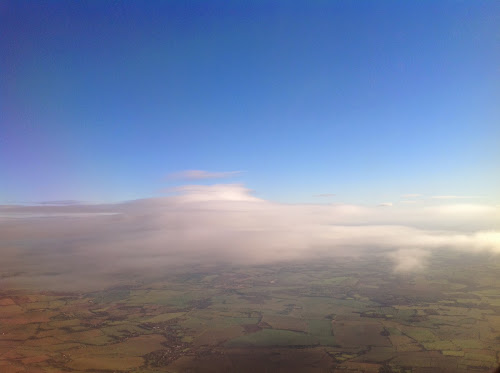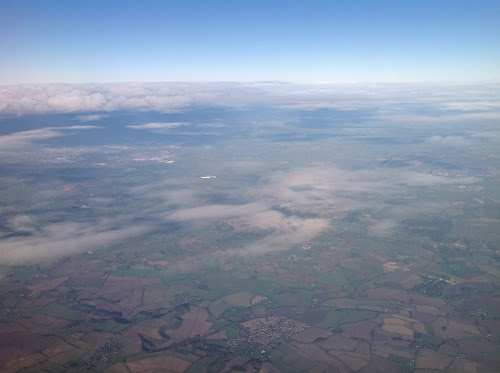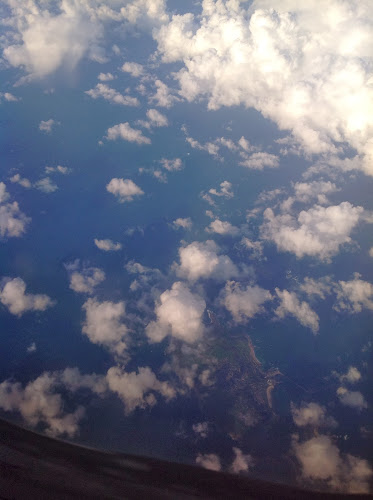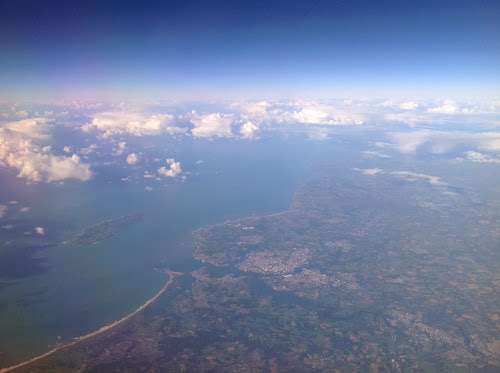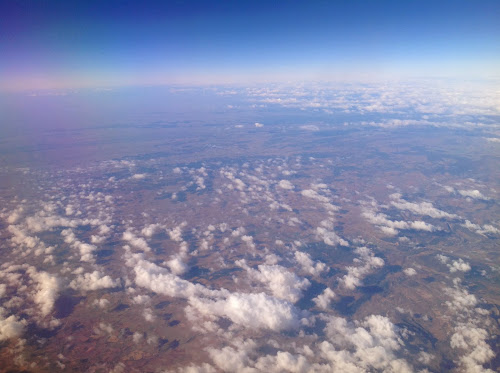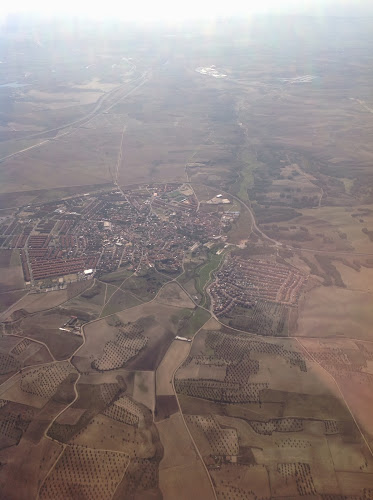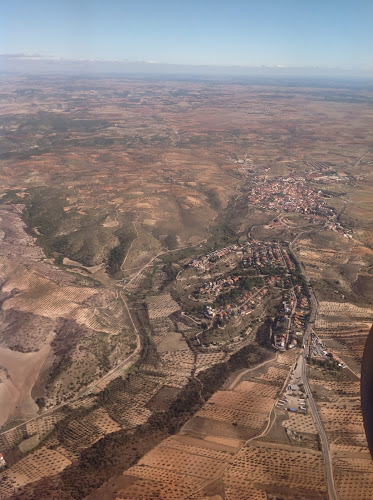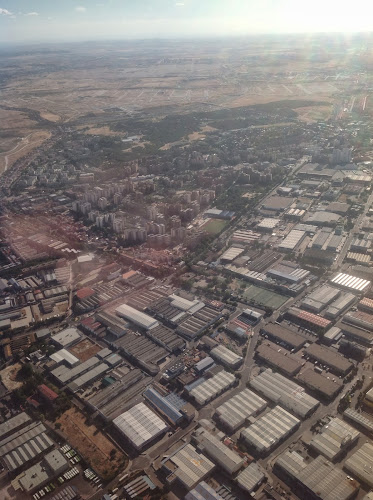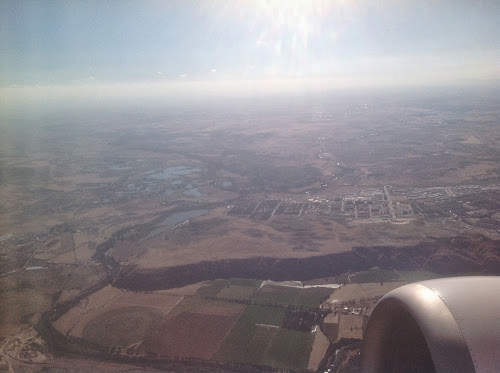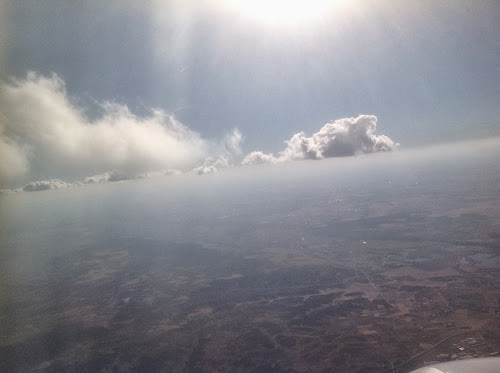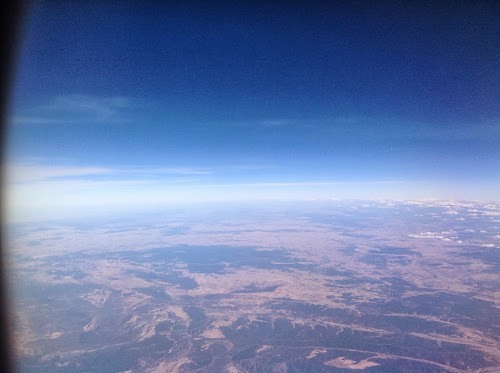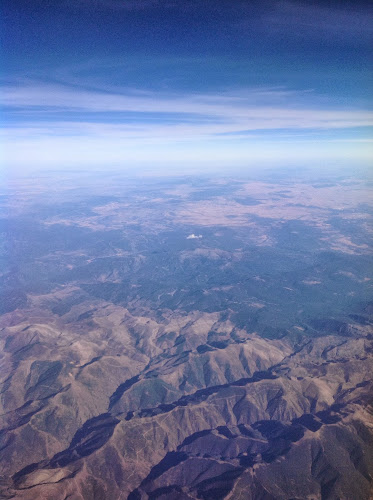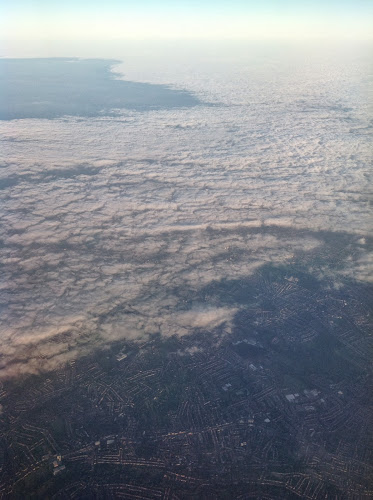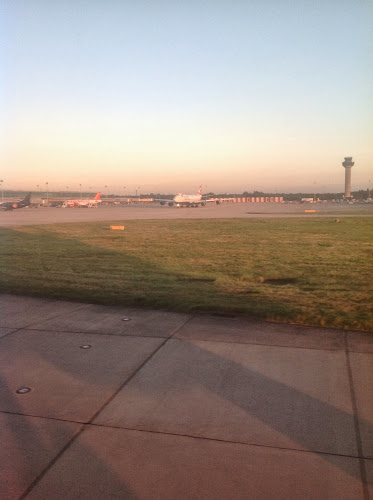Like all the best laid plans of mice and men, my intentions of getting up and being on the patch for first light fell by the wayside after having a couple of drinks too many whilst celebrating the arrival of the new year. The weather forecast for the day was no secret - it was meant to be awful. It appeared as though the weather gods were not going to be impressed with the fireworks that were to wake them when the clock struck midnight and had decided to wreak their revenge in the form of high winds and heavy rain - at least that is what the forecasters were predicting. In a rare bout of optimism however I thought that maybe they had got it wrong and I would wake to glorious sunshine.
As it happened, it seemed to be somewhere in between. I woke and it was already light - damn it - but the rain was not hammering the window and the trees were still standing. I headed straight out and I had one specific target in mind.
The great northern diver that I mentioned in the previous blog was, at least before darkness fell on the 31st, still present on Swan Pool and seeing as it was the first to be recorded in Sandwell Valley I thought it would be a nice way to start the 'year of the patch'. When I arrived I found a number of other birders and photographers were already present; clearly they had the same intention as me. The diver was performing in its usual manor. It gives amazing views for a tantalising few seconds but after gracefully descending below the waves it reappears on the other side of the lake - or sometimes it seems not to reappear at all!
The weather started to deteriorate almost as soon as I arrived at Swan Pool. The wind was beginning to pick up and those few drops of precipitation that were previously not a problem developed into much more of a persistent annoyance. As I set up the tripod to attempt to catch the diver on film, I was delighted to see two kingfishers fly out from the bank in front of me and straight across the lake. This was a massive bonus because, despite kingfishers being recorded every year in the Valley and regularly breeding in the area, they can be a pain to see. By this time the rain was becoming a problem and it was becoming increasingly apparent that birding in this weather would be difficult to say the least. Small birds don't like the rain and the wind so it would be a challenge to pin them down today.
Having set the tripod, I scanned the lake to see where the diver had got to. Panning across I saw an interesting 'rump' (not a phrase one often gets to use) disappear below the water. Shortly after, it surfaced. A black and white duck - but not the all-to-common tufted duck that is resident all year round in the Valley. This one has white sides with some delicate black markings on them and a white patch just behind its bill that glowed like beacon. A goldeneye!
Goldeneyes are annual visitors to the Valley and two or three birds are usually resident throughout the harsh winter months. However, it was particularly pleasing to see this male, and subsequently a female as well, because I had not seen one in the Valley as winter descended during the later stages of 2013. These ducks are strong little creatures and regularly spend time on the sea. It is when the cold winter sets in that they come inland and you can see sizeable gatherings of them on some of the larger reservoirs and lakes. They are a migratory species that travel north in the Spring and Summer months. There are a few pairs that breed in Scotland but many migrate much further into Scandinavia, Northern Russia and even Siberia.
With rain beginning to soak the camera the diver decided to make an appearance not too far from me. I quickly moved the tripod and filmed. I will let you be the judge of the resulting video but all I will say is that the water in Swan Pool does not flow up!
At some point during the day, the diver showed really wonderfully and another of the Valley patchworkers managed this fantastic photo.
 |
| Great Northern Diver - Sandwell Valley - Pete Hackett - Jan. 14 |
With glasses becoming an increasingly untenable solution to my poor vision due to the rain, I had to beat a hasty retreat to the car. I drove to the RSPB end of the Valley and popped into the centre to exchange New Year's greetings and with a slight hope that the rain would ease - it didn't!
I braved the weather one final time to walk around Forge Mill Lake. After the camera trauma of Swan Pool combined with rain, I decided to leave the camera behind to avoid any potential breakages. Now as all photographers know, there is an annoying paradigm showing that when you don't have your camera, you get an opportunity for an amazing photograph. Sod's law again prevailed and after not seeing much in the rain some of the Valley's ring-necked parakeets landed in a tree no more than 5 metres ahead of me. One of the best views I've had of this non-native species that seems to be spreading rapidly in the Valley. With this in mind, I'm sure photographic opportunities will only become more frequent.
The walk around the rest of the lake produced all the other regular lake orientated species that I'm sure I'll talk about in more detail in subsequent blogs but, as predicted, the small birds were conspicuous by their absence because of the rain. Approaching the car, the rain finally breached the final defences and soaked through my trousers. Home time and I would be back in time for lunch - not what I had in mind.
I was hoping to finish the day with a list as long as my arm of bird species that I had seen around my patch but the weather certainly put pay to those hopes. I saw just over 40 species when I had hoped for 60 or more. At least this leaves plenty of bird finding enjoyment for the subsequent visits.








